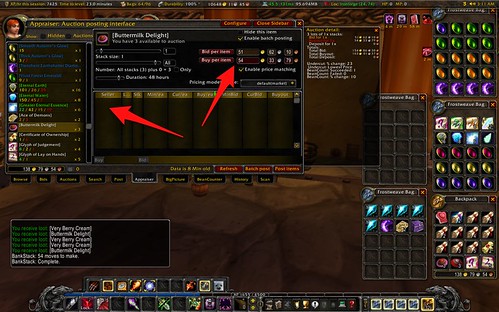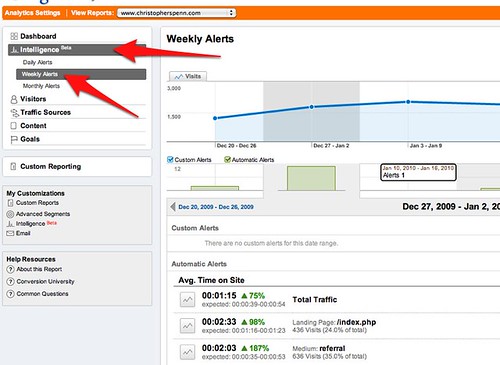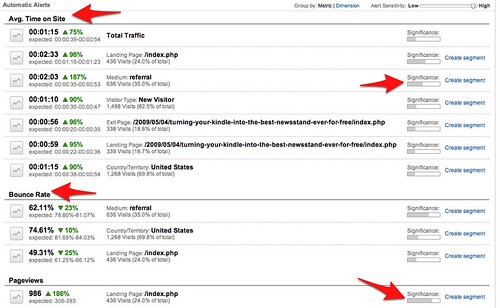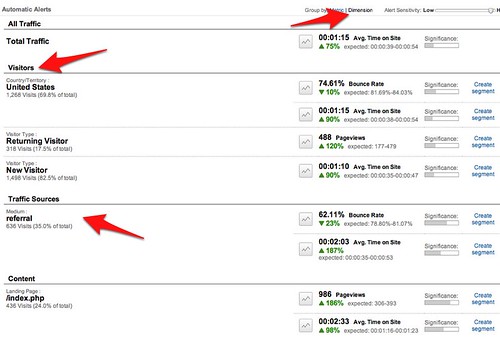One of my favorite parts of World of Warcraft is the in-game marketplace known as the Auction House. Inside the AH, you can see relatively free markets at work with minimal regulation by the game’s owners. You can especially see how market forces create supply and demand, and if you’re good at understanding human nature, you can make a fair bit of virtual money.
Right now, there’s an in-game Valentine’s Day event going on. Below is a picture of the Auction House and the price of a Buttermilk Cream chocolate. The current asking price in the marketplace is $54, and demand is so high that none are currently being sold – the marketplace is empty of this item.
Yes, $54 for a single chocolate. Suddenly the real world holiday doesn’t look quite as expensive. My character here is about to sell 3 of them for $163.
Here’s the funny part: the in-game quests needed to obtain this item take about 5 minutes, total. (dropping off a charm bracelet to another character and offering 10 characters some perfume samples) So why does the price of this chocolate seem so very high compared to the relative amount of work needed to create it? This marketplace item can teach us a lot about customer quality and behavior.
Some players may not know how to obtain it besides the marketplace. They simply buy everything in the marketplace. These, however, are long-term poor customers, because the moment they get clued in, they will stop buying from marketers and start creating their own items. True, as the old gangster saying goes, you can’t wise up a chump, but that’s not the sort of customer you’d want to rely on or build a business on.
Some players like the convenience of one-stop shopping, and will pay a premium just to be able to buy everything in one place. These are better customers because they have a persistent need (convenience). This makes them a better long-term prospective customer as they have a need that will always need to be met. The downside is that these folks are usually very price-sensitive, so a competitor who prices the same goods at even a penny less will beat you to the sale. If supply is a greater issue than demand, unless you’re always the lowest price, you won’t sell anything.
Some players just don’t like questing, period. They pay a premium in the marketplace – sometimes a very high premium – to not spend a single minute in the game doing things that aren’t fun for them. If you can provide exactly what they need, when they need it, you’ll develop a reputation in-game for being a useful sort of marketer to have around, and the kind of person who they will approach directly whenever they need to buy something. These folks will even ignore marketplace prices and just pay you obscene premiums directly because they know you’re reliable and can get them exactly what they want. It almost goes without saying that these are your very best customers in the long-term.
We have, in short, three kinds of customers – the sucker who may or may not even buy, the customer who wants convenience but is super-sensitive to price, and the premium buyer who wants to outsource everything they don’t want to do.
Which do you want as a customer? Common sense should dictate that if it’s long-term maximum profitability you’re after, you want the premium buyer. It will require more work on your part to develop reputation in your community for being the go-to marketer that has exactly what someone needs, but if you put in the time and effort in your marketplace, you can escape the always-lowest-prices race and make a ton of money.
Now, would anyone like to buy a Buttermilk Cream? Only three left…
Did you enjoy this blog post? If so, please subscribe right now!
Get this and other great articles from the source at www.ChristopherSPenn.com! Want to take your conference or event to the next level? Book me to speak and get the same quality information on stage as you do on this blog.







